Adapting professional dart rules for amateur play boils down to creating a more accessible and enjoyable experience for players of all skill levels; the key is simplifying scoring, shortening game lengths, and focusing on fun. This article will explore practical modifications to standard dart rules, handicap systems, alternative game formats, and safety considerations for amateur dart enthusiasts.
⚠️ Still Using Pen & Paper (or a Chalkboard)?! ⚠️
Step into the future! The Dart Counter App handles all the scoring, suggests checkouts, and tracks your stats automatically. It's easier than you think!
Try the Smart Dart Counter App FREE!Ready for an upgrade? Click above!
Why Adapt Professional Dart Rules for Amateur Play?
While watching professional darts can be incredibly exciting, directly implementing those rules in a casual setting can quickly lead to frustration for beginners. The **strict scoring system**, the **pressure of hitting doubles to finish**, and the **length of a typical 501 match** can be daunting for those new to the game. Adapting professional dart rules for amateur play allows for a more inclusive and enjoyable experience, encouraging participation and skill development.
Think about it: professional darts players have spent years honing their skills. Expecting amateur players to perform at that level is unrealistic and unfair. By making a few adjustments, you can create a level playing field where everyone has a chance to have fun and improve their game.
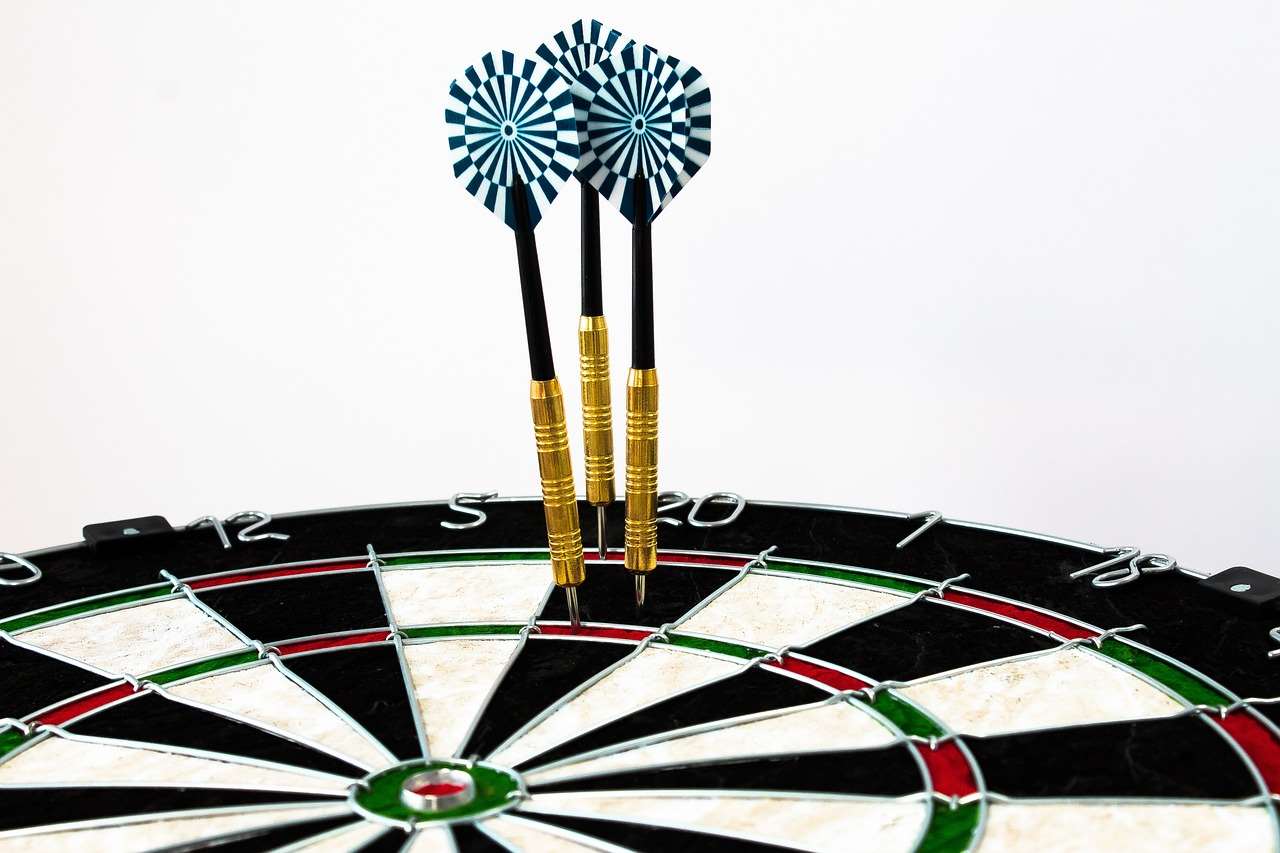
Modifications to Standard Scoring
The standard scoring in darts can be complex for newcomers. Consider these modifications:
- Simplify scoring in 501: Instead of requiring players to start and finish with a double, allow them to start and finish on any number. This immediately reduces the pressure and makes the game more accessible. Simplified 501 game rules for novice players can drastically improve enjoyment for beginners.
- Use a points-based system: Instead of deducting scores from a starting total, award points for hitting specific targets. For example, hitting a single 20 could be worth 1 point, a double 20 could be worth 2 points, and a treble 20 could be worth 3 points. The player with the most points after a set number of rounds wins.
- Introduce ‘Mulligans’: Allow each player a limited number of “mulligans” per game. This lets them re-throw a dart if they have a particularly bad throw, reducing frustration and maintaining momentum.
Consider ‘Closest to the Bull’ variations
Instead of strict scoring, try playing rounds of ‘Closest to the Bull’. Each player throws a set number of darts, and the player whose dart is closest to the bullseye wins the round. This focuses on accuracy and can be a fun way to practice without the pressure of traditional scoring.
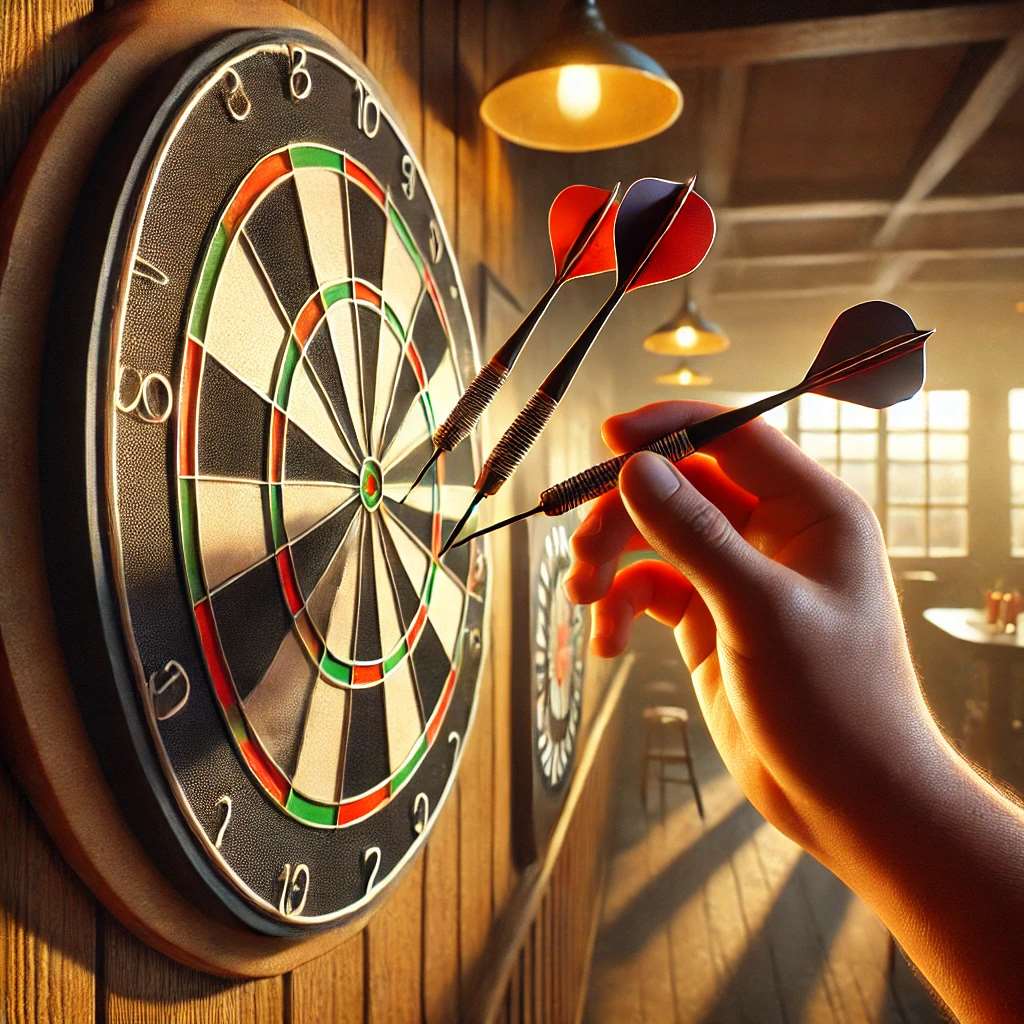
Adjusting Game Length
Long games can be tiring and discouraging, especially for beginners. Shortening the game length is a crucial element of adapting professional dart rules for amateur play. Here are some tips:
- Reduce the starting score: Instead of starting at 501, try starting at 301 or even 201. This significantly shortens the game and makes it feel more achievable.
- Limit the number of rounds: Set a maximum number of rounds for each game. If neither player has reached zero after the allotted rounds, the player with the lowest score wins.
- Play ‘Best of Three’ or ‘Best of Five’ legs: Instead of playing a long match, play a series of shorter legs. This allows for more frequent breaks and keeps the game engaging.
Implementing Handicap Systems
When players of different skill levels are involved, a handicap system can help level the playing field and ensure fair competition. How to make darts fairer with handicap rules is a common question. Here are a few handicap options:
- Starting score handicap: Give the less experienced player a head start by starting them at a lower score. For example, the more experienced player might start at 501, while the less experienced player starts at 401.
- Extra darts handicap: Allow the less experienced player to throw more darts per round than the more experienced player.
- Target handicap: Designate specific targets on the dartboard that are worth more points for the less experienced player.
The choice of handicap system will depend on the skill difference between the players. Experiment to find what works best for your group. Remember to focus on fairness and creating a fun, competitive environment.
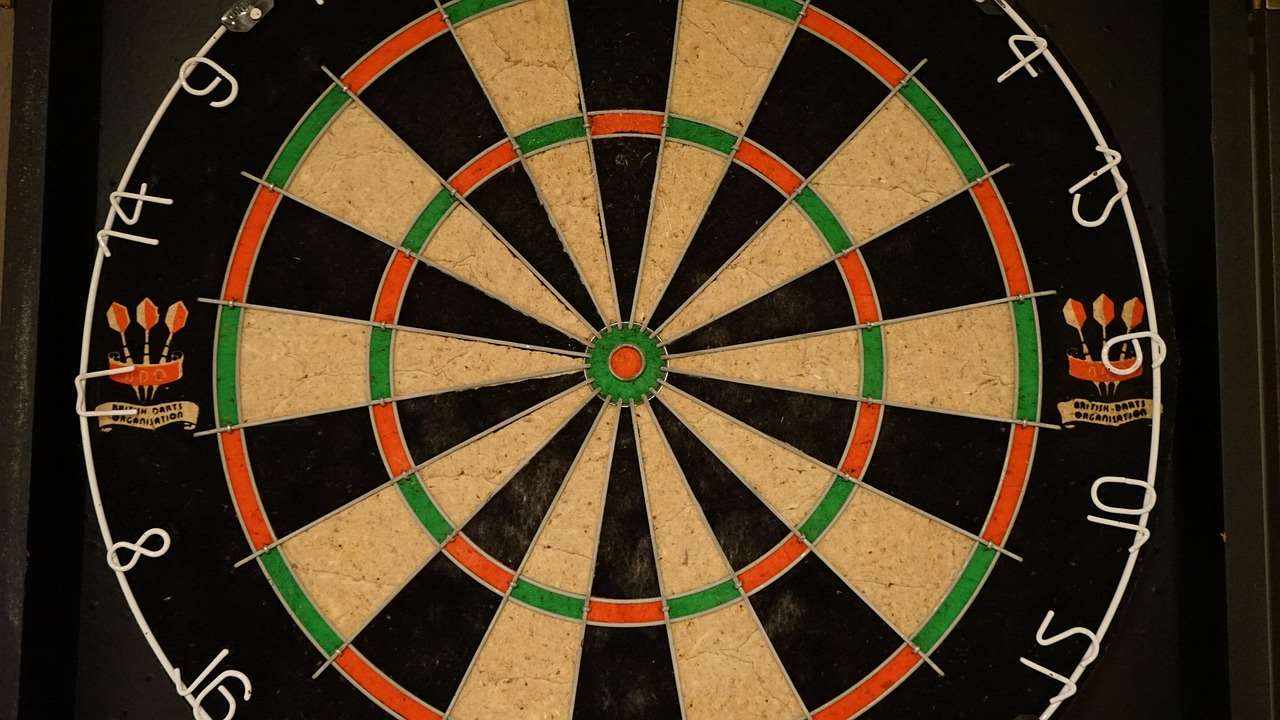
Exploring Alternative Dart Game Formats
Beyond 501, there are many other dart games that are more suitable for amateur play. These games often have simpler rules and a greater emphasis on fun.
- Around the Clock: Players must hit each number on the dartboard in sequence, starting with 1 and ending with 20. The first player to hit all the numbers wins.
- Killer: Each player chooses a number on the dartboard. To become a “killer,” they must hit their number three times. Once they are a killer, they can target other players’ numbers. If a player’s number is hit three times by a killer, they are eliminated. The last player remaining wins.
- Cricket: This game uses only the numbers 20, 19, 18, 17, 16, 15, and the bullseye. Players must “close out” each number by hitting it three times (singles, doubles, or trebles all count). Once a player has closed out a number, they score points for any further hits on that number, as long as their opponent hasn’t closed it out yet. The first player to close out all the numbers and have the highest score wins.
- Shanghai: Players aim to score on each number from 1 to 7 in successive rounds. In each round, the player throws three darts at the target number. Scoring is based on the standard dart values (single, double, treble). The player with the highest score after seven rounds wins. Hitting a single, double and treble of the target number in one round is called a “Shanghai” and results in an instant win.
These alternative formats offer a refreshing change from traditional 501 and can be a great way to introduce new players to the game. Fun dart game variations with modified rules are always a hit.
Prioritizing Safety and Accessibility
When adapting professional dart rules for amateur play, safety should always be a top priority, especially when children or inexperienced players are involved. Here are some important safety considerations:
- Proper dartboard setup: Ensure the dartboard is securely mounted on a wall and that the surrounding area is clear of obstacles. Use a dartboard surround to protect the wall from stray darts. See Basic Darts Fundamentals for Beginners to ensure safety and setup procedures.
- Safe throwing distance: Establish a clear throwing line and ensure that all players stand behind it when throwing darts.
- Dart etiquette: Teach players to wait until all darts have been thrown before approaching the dartboard. Remind them to be mindful of others when retrieving their darts.
- Appropriate darts: Use darts that are suitable for the skill level of the players. Beginners may benefit from using lighter darts with plastic tips.
- Supervision: Always supervise children when they are playing darts.
Beyond physical safety, consider the accessibility of the game for all players. Ensure that players with disabilities can participate comfortably and safely.
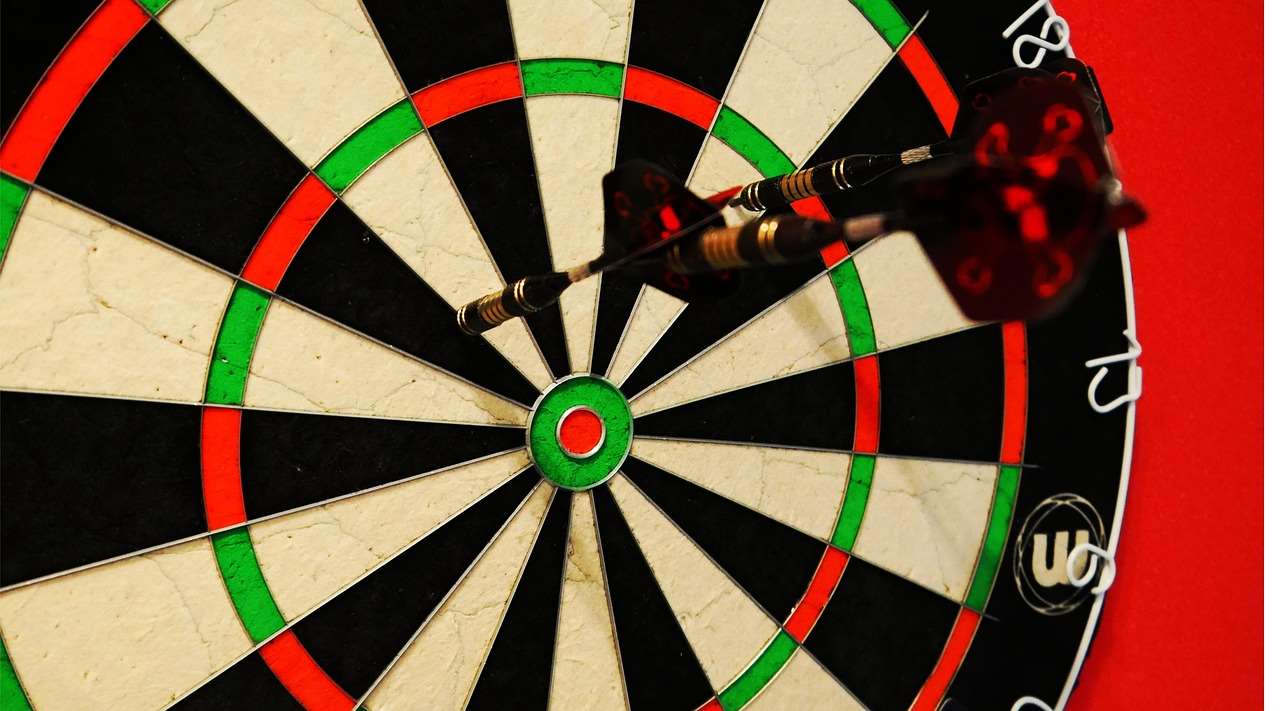
Creating a Fun and Social Atmosphere
The ultimate goal of adapting professional dart rules for amateur play is to create a fun and social atmosphere where everyone can enjoy the game. Remember to:
- Focus on participation: Encourage all players to participate, regardless of their skill level.
- Celebrate successes: Acknowledge and celebrate good throws and achievements.
- Be patient and supportive: Offer encouragement and support to players who are struggling.
- Keep it lighthearted: Don’t take the game too seriously. Remember that the primary goal is to have fun.
- Organize tournaments or leagues: Consider organizing informal tournaments or leagues to add a competitive element and foster camaraderie.
Creative dart rules for parties and social gatherings can enhance the atmosphere further!
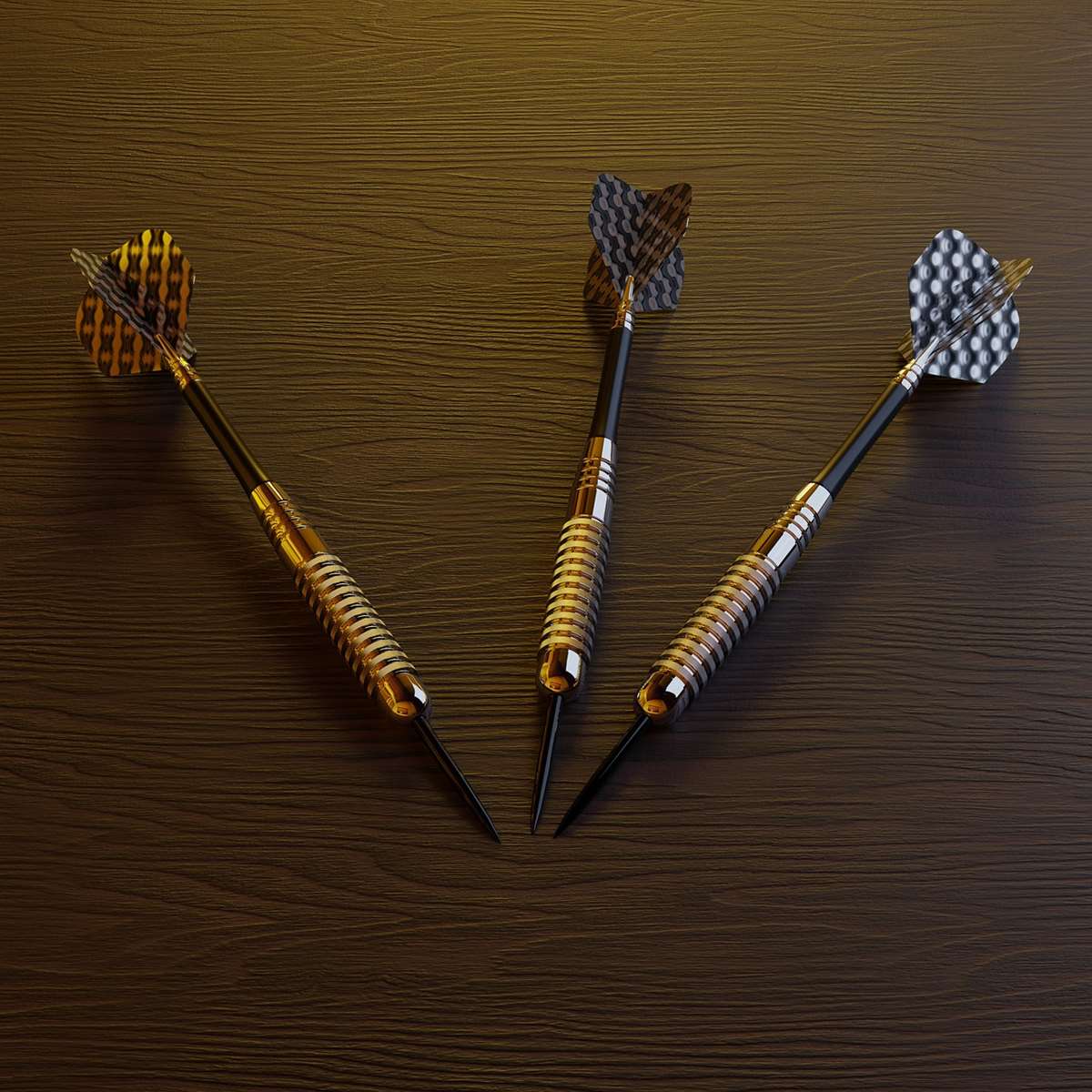
Experimentation and Customization
The best way to find the right modifications for your group is to experiment and customize the rules to suit your specific needs and preferences. Don’t be afraid to try new things and see what works best. The goal is to create a set of rules that are fair, fun, and engaging for everyone involved. Adapting darts rules for beginners will always require tailoring to the needs of the player.
Consider creating a house rule sheet that outlines all the agreed-upon modifications. This will help ensure that everyone is on the same page and that there are no misunderstandings during the game.
Conclusion
Adapting professional dart rules for amateur play is essential for creating an enjoyable and inclusive darting experience for players of all skill levels. By simplifying scoring, adjusting game length, implementing handicap systems, and prioritizing safety, you can transform a potentially frustrating activity into a fun and engaging pastime. So, gather your friends, modify the rules, and get ready to enjoy the exciting world of darts! Start experimenting with these modifications today and discover how much more fun darts can be. Looking to purchase some new darts or accessories? Visit your local sporting goods store or browse online retailers to find the perfect equipment for your amateur darting adventures!
Hi, I’m Dieter, and I created Dartcounter (Dartcounterapp.com). My motivation wasn’t being a darts expert – quite the opposite! When I first started playing, I loved the game but found keeping accurate scores and tracking stats difficult and distracting.
I figured I couldn’t be the only one struggling with this. So, I decided to build a solution: an easy-to-use application that everyone, no matter their experience level, could use to manage scoring effortlessly.
My goal for Dartcounter was simple: let the app handle the numbers – the scoring, the averages, the stats, even checkout suggestions – so players could focus purely on their throw and enjoying the game. It began as a way to solve my own beginner’s problem, and I’m thrilled it has grown into a helpful tool for the wider darts community.